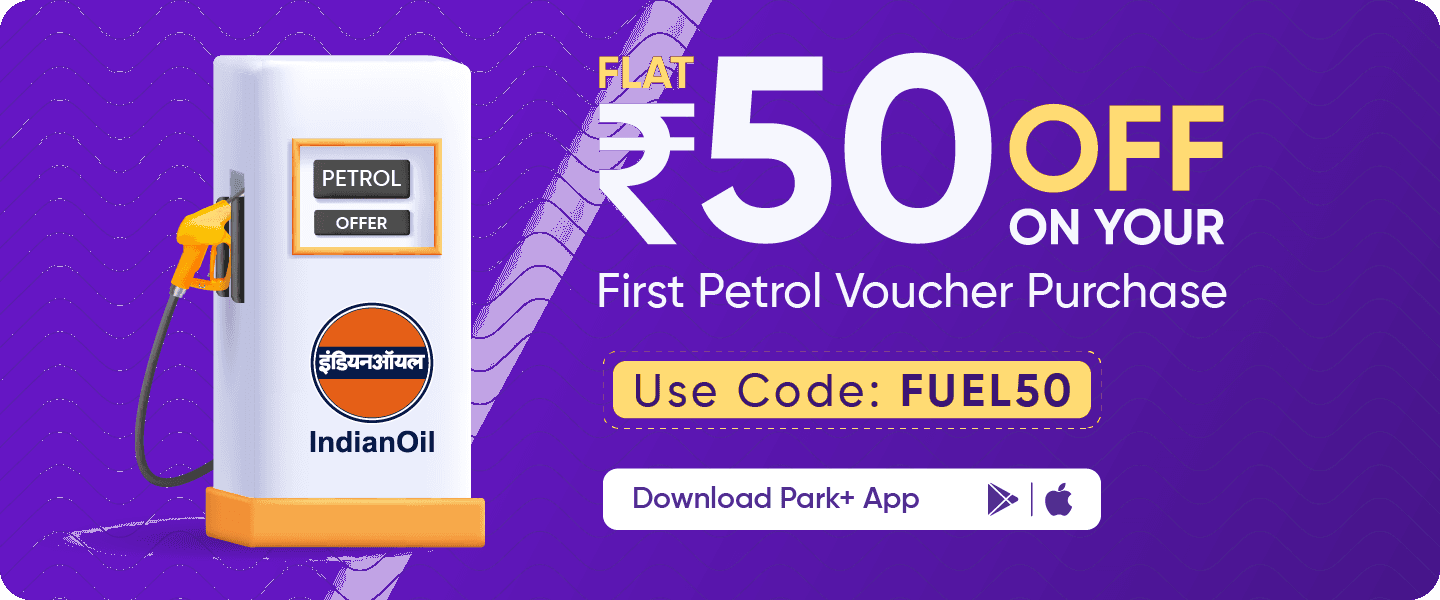Petrol and Diesel Price in Khagaria
DayChange | Petrol0 | Diesel0 | CNG |
|---|---|---|---|
| Today | 105.53 | 92.35 | NA |
| 13 Jan | 105.53 | 92.35 | NA |
| 12 Jan | 105.53 | 92.35 | NA |
| 11 Jan | 105.35 | 92.19 | NA |
| 10 Jan | 105.53 | 92.35 | NA |
| 09 Jan | 105.22 | 92.06 | NA |
| 08 Jan | 105.6 | 92.42 | NA |
| 07 Jan | 105.53 | 92.35 | NA |
Note : there may be slight variations in prices across outlets within a city
The petrol price in Khagaria is the same as in other parts of Bihar. The government updates the prices every midnight, which is available on the Indian Oil Corporation Limited (IOCL) in India.
The fuel prices in Khagaria continuously fluctuate, making it difficult to predict their price. But you can rely on the list below to get the latest information about petrol and diesel prices in Khagaria.
The petrol and diesel prices in Khagaria are available on our website. The prices are updated daily, so you can check them before going to the petrol pump or filling your car's tank.
Petrol Price in Khagaria
The petrol Price in Khagaria today is INR 105.53 per litre.
The petrol price in Khagaria has been decreasing since April 2019, when it was at an average of ₹107.18 per litre. On the other hand, the fuel costs in Khagaria have been increasing since February 2019, when they were at an average of ₹106.96 per litre.
In the past month, the petrol price in Khagaria increased by 1% to an average of ₹107.41 per litre.
Diesel Price in Khagaria
Today's diesel price in Khagaria is INR 92.35 per litre.
Diesel prices have been rising steadily for the previous few weeks. Fuel prices had been rising since November last year. We might also see a spike again this month due to the upcoming festive season and increased demand for transportation fuel due to increased consumption for commercial purposes.
Fuel Price Rise Effect On Public Transport in Khagaria
The rise in fuel prices has led to a hike in public transport services across Khagaria. The increase in fuel prices has affected commuters and drivers alike. In addition, implementing new taxes on diesel, petrol, and CNG has also increased the burden on public transport services.
The government has increased the tax on diesel, petrol, and CNG, which has increased in price from what it once was. The increase in tax on these fuels has led to an increase in their price by around Rs 2 per litre. As a result of this sudden hike, many people have been left unable to afford a ride home from work or school. Because of this, they are forced to take long walks instead of using public transport vehicles.
Conclusion
Park+ is a mobile application that enables you to monitor your daily fuel price and get notifications when it's time to refuel. A fuel price app is a great tool to help you monitor daily fuel prices.
The Park+ App is an app that helps you track the current price of petrol and diesel across India, so you can make the most of your budget.
The app lets you know when the price for fuel goes up or down and displays a live price on the screen. You can also check out nearby gas stations and compare prices at different locations.
FAQs
How do people feel about the petrol price in Khagaria?
The petrol price in Khagaria has increased in the last 6 months, and it has become difficult for us to manage daily expenses with this price increase. If this trend continues, people will stop using cars or public transport as they cannot afford to pay more for fuel, leading to more traffic jams and air pollution in our cities. Moreover, crude oil prices fluctuate with supply and demand and political events such as war or natural disasters.
How many times have fuel prices increased since you started driving?
There is an increase in fuel prices because every time you fill-up the car, the fuel cost has increased. It's not like every year there is a drop in the price of fuel, so if you have driven for a long time, you will notice the price hike from the first time to the most recent to be massive.
Why do we have to use more petrol to drive a car when it rains?
If it rains, the roads become slippery and dangerous. This is why we have to use more petrol to drive a car when it rains. The reason is that the rain causes the road's surface to be slick because water is absorbed by the pavement and then evaporates. In addition, your brakes are complicated to use when driving in wet weather. This is because evaporation's latent heat is less than condensation. Hence, more water evaporates from the soil in a given period than falls as rain. This means less potential energy in the water molecules left behind after it has fallen as rain.
